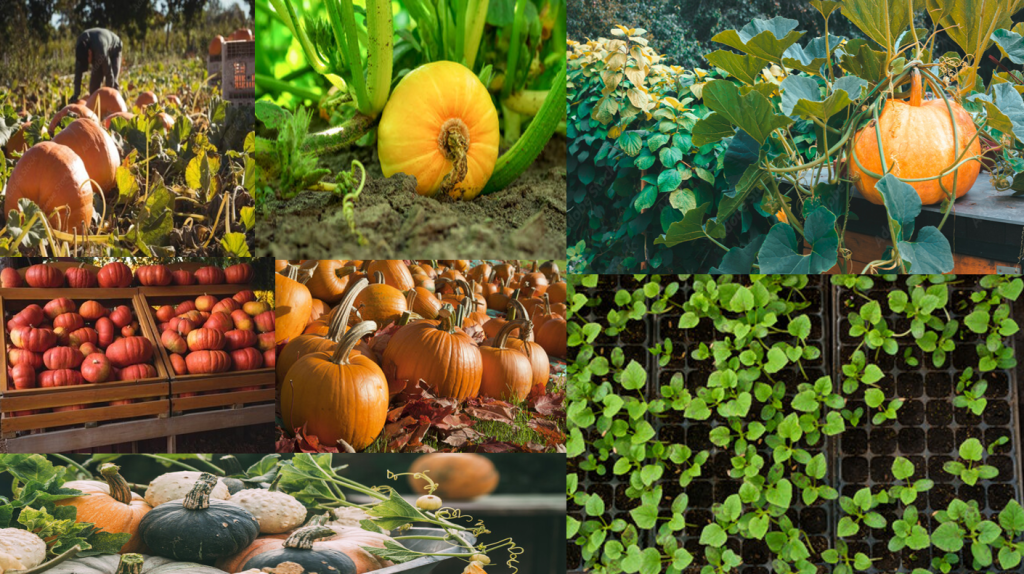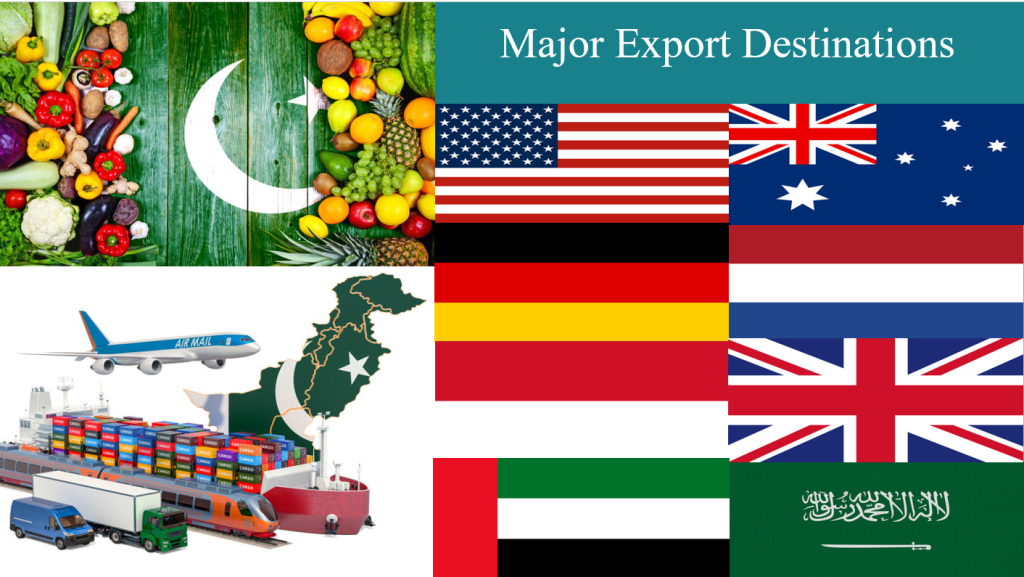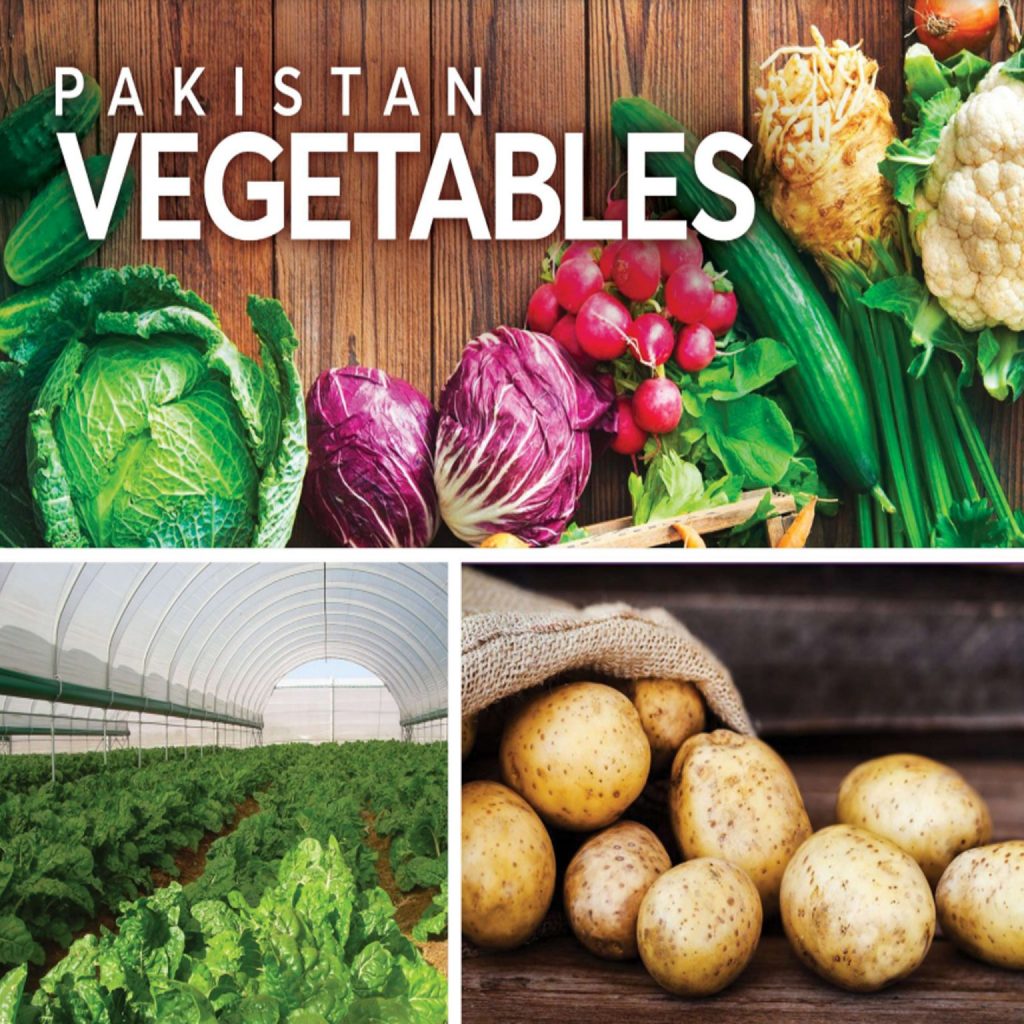PAKISTAN VEGETABLES
Pakistan producing 35 different types of vegetables in summer and winter seasons. In summer tomato, chilies, brinjal, potato, cucumber and various types of other vegetables are harvested. Whereas in winter may other vegetables like cauliflower, cabbage, onion, potato and carrots are cultivated. Tomatoes are though cultivated in all the provinces of Pakistan but its major production is in Sindh and Baluchistan provinces. The total production of vegetables in summer and winter season is about 5.571 million tons. The vegetables produced in Pakistan are exported to other countries viz. European Union, UK, KSA, UAE, Sri Lanka, Oman, Qatar, Malaysia and some of the central Asian countries. The exporters have a good system of sorting, grading and packaging that helps them to conserve the quality and vigor of our produce.
Major Vegetables
- Tomato
- Carrot
- Garlic
- Bitter Gourd
- Bottle Gourd
- Cauliflower
- Cucumber
- Pumpkin

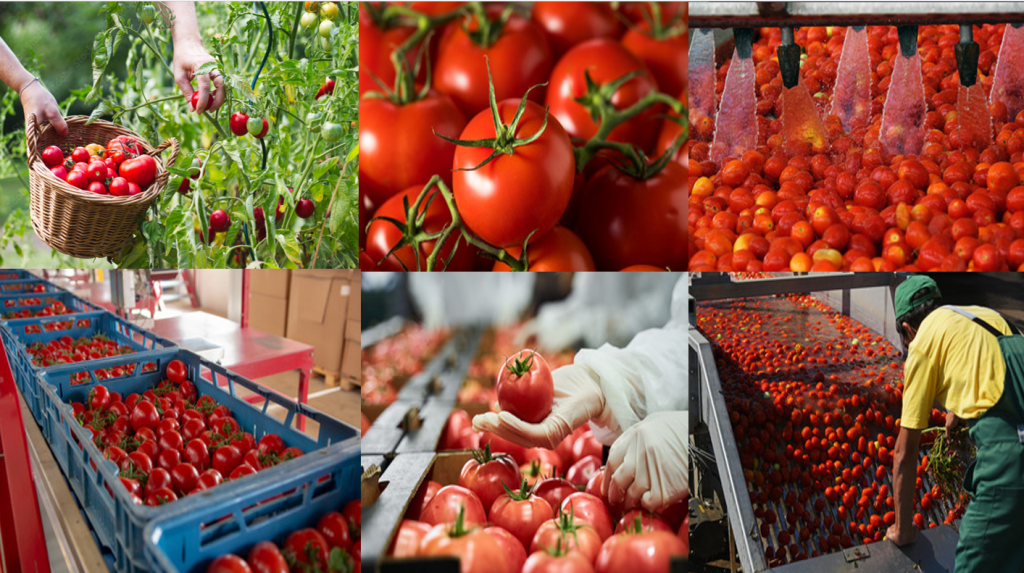
Tomato
The tomato is a small, soft, red fruit that is used in cooking as a vegetable or eaten raw in salads. Due to varying climatic conditions, there is a wide range of sowing times for tomatoes in Pakistan. Sindh is the highest tomato-producing province followed by Baluchistan and Punjab.
- Total Carrots & Turnips production is 594.2 Matric tons (2020).
- Major varieties are Roma, Rio Grande, Sahil, FM-9, Topsin M., Beef tomato, and Cherry tomato.
Carrots
The carrot is a root vegetable, usually orange in color while purple, black, red, white, and yellow cultivars exist. The Carrots are nutritional heroes; they store a goldmine of nutrients. No other vegetable or fruit contains as much carotene as carrots, which the body converts to vitamin A. This is a versatile vegetable and an excellent source of vitamins B and C, and calcium pectate.
- Total Carrots & Turnips production is 594.2 Matric tons (2020).
- Major varieties are Roma, Rio Grande, Sahil, FM-9, Topsin M., Beef tomato, and Cherry tomato.
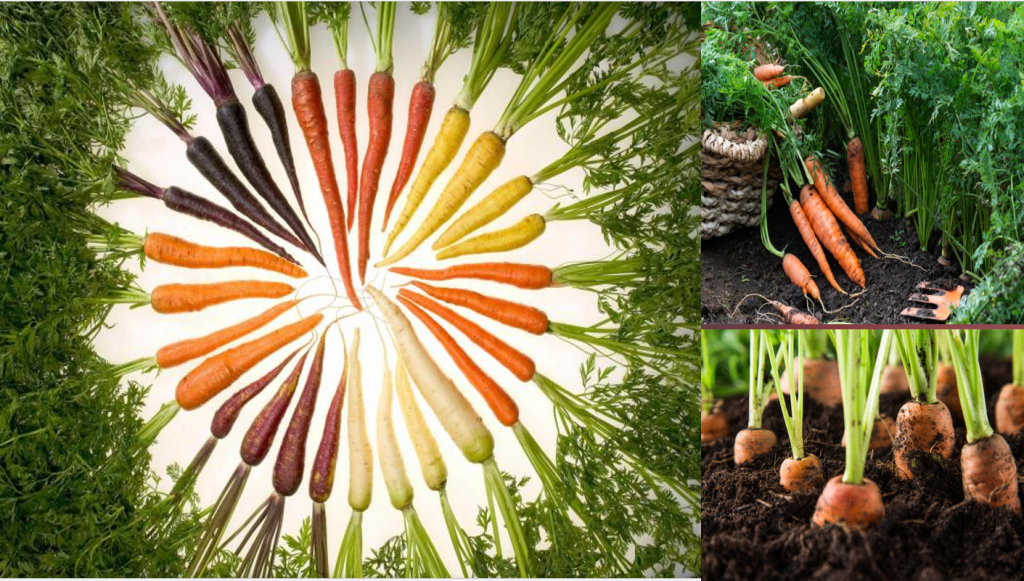
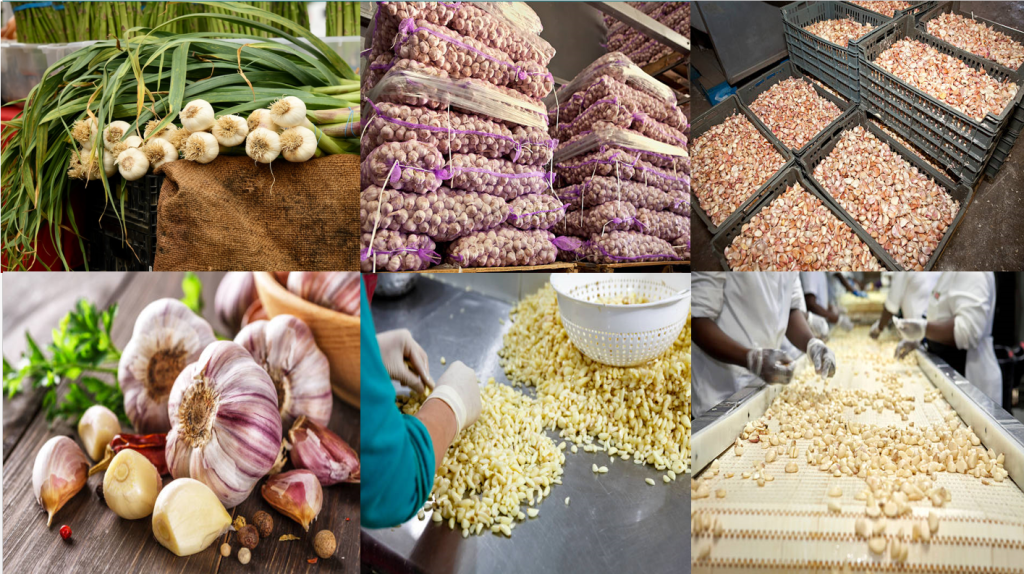
Garlic
Garlic is the second most cultivated allium after onion. It has recognized all the world’s most valuable spices for food. Pakistan’s garlic variety G1 includes higher nutrient contents and medicinal value with suitability for pharmaceutical, food processing industry, and household level. Pakistan earns around US$ 2.5 million from Garlic exports.
- Total Garlic production is 85.6 Matric tons (2020).
- Major varieties MJ-84, JS-1, NS-756, Italian, Chines, and Pakhal Giant.
Bitter Gourd
The bitter gourd looks like a cucumber but with ugly gourd-like bumps all over it. As the name implies, this vegetable is a melon that is bitter. There are two varieties of this vegetable: One grows to about 20 cm long, is oblong and pale green in color. The other is the smaller variety, less than 10 cm long, oval, and has a darker green color. Both varieties have seeds that are white when unripe and that turn red when they are ripe.
- Major varieties Gulf-F1, Palee, and Faisal Abad Long.


Bottle Gourd
The bitter gourd looks like a cucumber but with ugly gourd-like bumps all over it. As the name implies, this vegetable is a melon that is bitter. There are two varieties of this vegetable: One grows to about 20 cm long, is oblong and pale green in color. The other is the smaller variety, less than 10 cm long, oval, and has a darker green color. Both varieties have seeds that are white when unripe and that turn red when they are ripe.
- Major varieties Gulf-F1, Palee, and Faisal Abad Long.
Cauliflower
Cauliflower originated in Europe, spread to other countries, and at present is cultivated in many parts of the world. This crop is developed from broccoli and is considered one of the refined and delicate vegetables and is cultivated for its white and tender head or curd. The curds are short and thick parts of the flower buds. Cauliflower when utilized green is a good source of protein and vitamin B, as compared to other leafy vegetables.
- Total Cauliflowers & broccoli production is 185.4 Matric tons (2020).
- Major varieties are Champa, Chitno Late, Snow Drift, and HCF-921A.
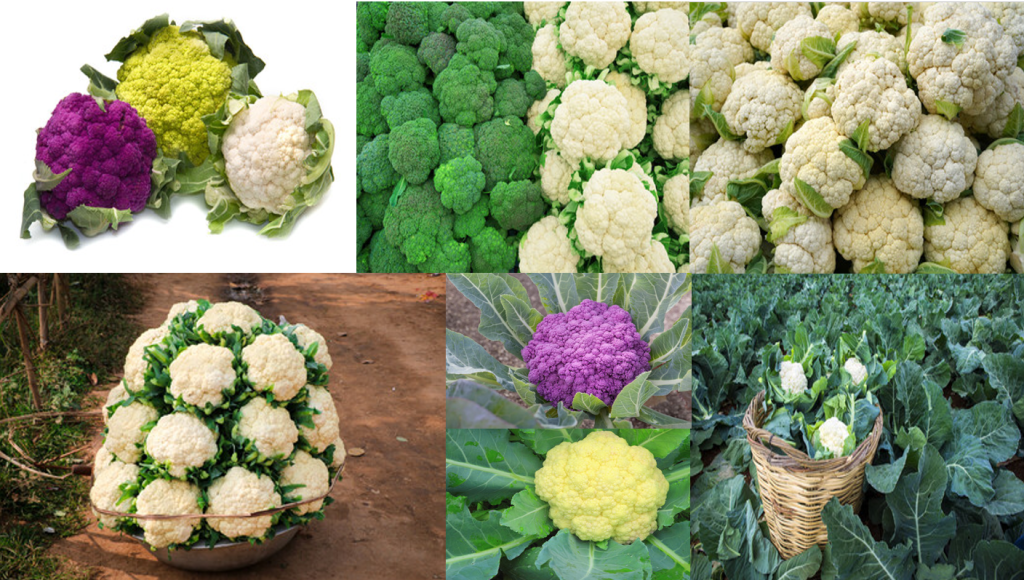

Cucumber
The cucumber is an important vegetable and one of the most popular members of the Cucurbitaceae family. It is thought to be one of the oldest vegetables cultivated by a man with historical records dating back 5,000 years. The crop is the fourth most important vegetable after tomato, cabbage, and onion in Asia.
- Total Cucumbers & gherkins production is 46 Matric tons (2020).
- Major varieties are Waleed F1, Vega F1, DS 97-86, Kandil 97-219, and Poinsette.
Pumpkin
A pumpkin is commonly of Cucurbita pepo, which is round, with smooth, slightly ribbed skin, and deep yellow to orange coloration. The thick shell contains seeds and pulp. Some exceptionally large cultivars of squash with similar appearance have also been derived from Cucurbita maxima. Pumpkins are very versatile in their uses for cooking. Most parts of the pumpkin are edible, including the fleshy shell, the seeds, the leaves, and even the flowers.
- Total Pumpkins and squash production are 383.4 Matric tons (2020).
- Major varieties are Local/desi varieties.
